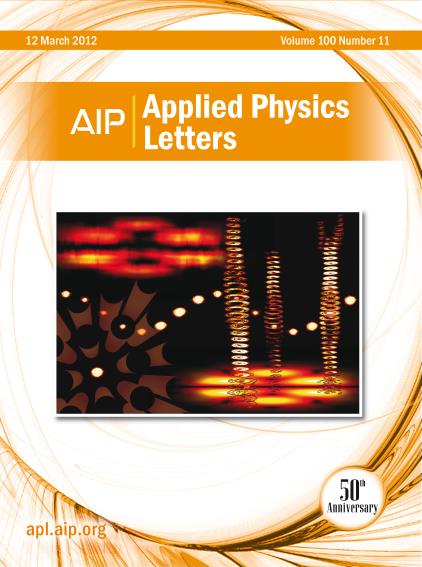Photophoretic micromanipulation
Since the discovery that light can exert forces, optical tweezers have become an established technique in research and industry around the world. Especially holographic optical tweezers (HOT) are used in hundreds of interdisciplinary applications, allowing the movement of a multitude of dielectric particles and biological specimens in three dimensions.
Classical optical tweezers confine matter in regions of high light intensity by counterbalancing scattering and gradient forces. While these optical tweezers work best for transparent objects, the all-optical manipulation of absorbing particles remained a challenge for a long time. Their inherent absorption leads to a significantly increased scattering force that prohibits a stable three-dimensional trapping with the conventional approach.
To address this challenge, a concept using photophoretic forces has been proposed to enable a confinement of absorbing matter in air. The photophoretic force, as originally described by Ehrenhaft, relies on light-induced thermal gradients and can be magnitudes larger than typical forces in optical tweezers. Due to these thermal gradients, absorbing particles are repelled by regions of high light intensity and move towards lower light intensities. Consequently, the optimal light field for the three-dimensional confinement of these particles is a light cage – often called bottle beam – being a void surrounded by regions of higher intensity.
Dynamic light cages: putting absorbing matter behind bars
 Recently, we were able to create multiple optical bottle beams by employing holographic phase shaping techniques. Our approach allows to create multiple bottle beams at the same time and to trap absorbing particles in each of them. As the bottle beams are realized with computer generated holograms, displayed on a spatial light modulator (SLM), a dynamic reorganization of the bottle beam configuration is possible and trapped particles can be shifted completely independently without any moving mechanical components.
Recently, we were able to create multiple optical bottle beams by employing holographic phase shaping techniques. Our approach allows to create multiple bottle beams at the same time and to trap absorbing particles in each of them. As the bottle beams are realized with computer generated holograms, displayed on a spatial light modulator (SLM), a dynamic reorganization of the bottle beam configuration is possible and trapped particles can be shifted completely independently without any moving mechanical components.
The three-dimensional confinement is observed with two perpendicular microscopes imaging the light scattered by the particles. Our concept is based on the convolution of a single bottle shape with a pattern of distinct trapping sites. Existing holographic optical tweezers setups are easily adaptable to control absorbing particles using this approach, which will pave the path to a universal holographic optical tweezers tool for all sorts of particles at the nano- and micro-scale.
Contact person: Christina Alpmann, Michael Eßeling, Patrick Rose
References:
Holographic optical bottle beams
C. Alpmann, M. Esseling, P. Rose, C. Denz
Appl. Phys. Lett. 100, 2012, 111101 PDF
Dynamic Light Cages: Putting Absorbing Matter Behind Bars
C. Alpmann, M. Esseling, P. Rose, C. Denz,
OPN 23, 2012, 48 PDF
Advanced optical trapping by complex beam shaping
M. Woerdemann, C. Alpmann, M, Esseling, C. Denz
accepted for publication, published first online as Laser & Photon. Rev., 2013, 1-16 PDF
Photophoretic trampoline
Bouncing of absorbing droplets (d = 50 µm) on focused laser light sheet; movie taken with high speed camera, played with 100 fold reduced speed.
In a second project, we have demonstrated the transfer of the concept of photophoretic micromanipulation to the light-induced manipulation of absorbing liquid droplets in air. Our results show that this is indeed possible, which is not straight forward due to the number of heat transport effects inside liquids, as e.g. convection or evaporation. In the experiment ink droplets from a printer cartridge are used as test particles that are repelled off an inclined plane of light. We show that absorbing liquids - just like their solid counterparts - can be manipulated by regions of high light intensity.
Our experiments allow the estimation of the intensity levels necessary to overcome detrimental effects when dealing with liquids. By measuring the beam sizes, we could estimate the peak intensities that are necessary to alter the droplet trajectory. Such a confinement – combined with the ability for arbitrary movement of droplets – paves the way towards the controlled study of aerosols in environmental research.
Contact person: Michael Eßeling, Patrick Rose, Christina Alpmann
References:
Photophoretic trampoline—Interaction of single airborne absorbing droplets with light
M. Esseling, P. Rose, C. Alpmann, and C. Denz,
Appl. Phys. Lett. 101, 2012, 131115 PDF
Also reviewed in News and Views of Nature 492, 2012, 51–52 PDF
and in Research Highlights of Nature Photonics 6, 2012, 800 PDF

